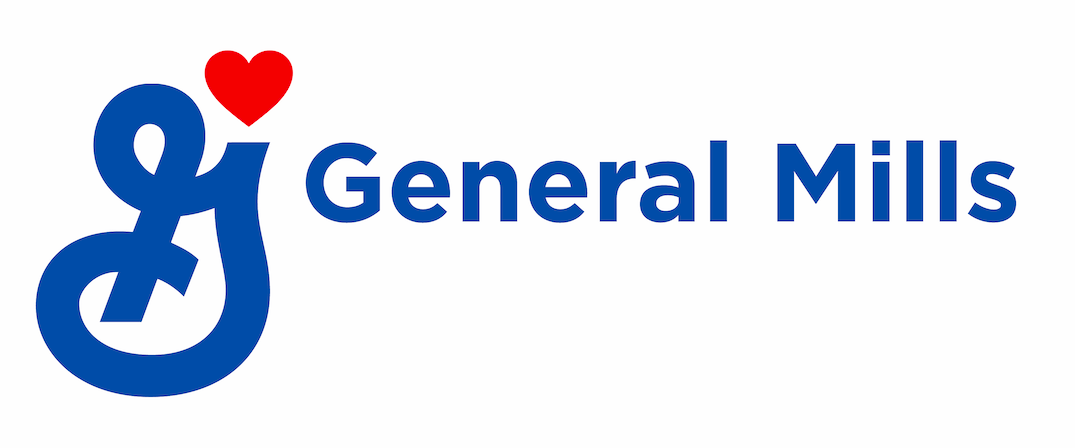How Regenerative Land and Livestock Management Practices Can Sequester Carbon
By Shauna Sadowski, Head of Sustainability | Natural & Organic Operations, General Mills

Originally published by GreenBiz
In 2016, I travelled to Bluffton, Georgia, to visit Will Harris of White Oak Pastures to learn more about his farm which provides beef to our General Mills’ brand, EPIC Provisions. Harris runs a multi-species ranching operation with over 100,000 animals on 3,000 acres of open pastures and tree-lined corridors. His diversified farm starkly contrasts to neighboring fields that specialize in single crops such as cotton, peanuts or corn.
Harris began as a conventional beef farmer, but over the past 25 years, he has overhauled White Oak Pastures’ production system, including the conversion of degraded row cropland to holistic planned grazing, to become a leading producer of grass-finished meat. His farming methods and quality products have earned him the attention from outlets such as The New York Times, Garden & Gun and the Audubon Society.
Today, Harris operates his farm as an ecosystem, grazing cattle, sheep and poultry in rotations, using the Savory Institute’s holistic planned grazing model. Through holistic planned grazing, animals are frequently moved between paddocks with time between grazings built in for plant recovery. This process aims to mimic the way that wild herds of ruminants move across grasslands. As herds graze, dung, urine and old plant matter are trampled into the ground where they can decompose and enrich the soil’s network of microbial life. Dung beetles and other beneficial insects aerate the soil and move resources into the soil.
Grazing complimentary species together also supports the health of his farm ecosystem: The cows graze the grass, the sheep and goats prefer the weeds, and the poultry peck at the roots, bugs, and grubs. Through this kind of rotation, the pastures are grazed and fertilized in three ways. This combination of rotational grazing with other regenerative practices such as composting and maintaining perennial pastures has rejuvenated his red Georgia clay into rich topsoil.

